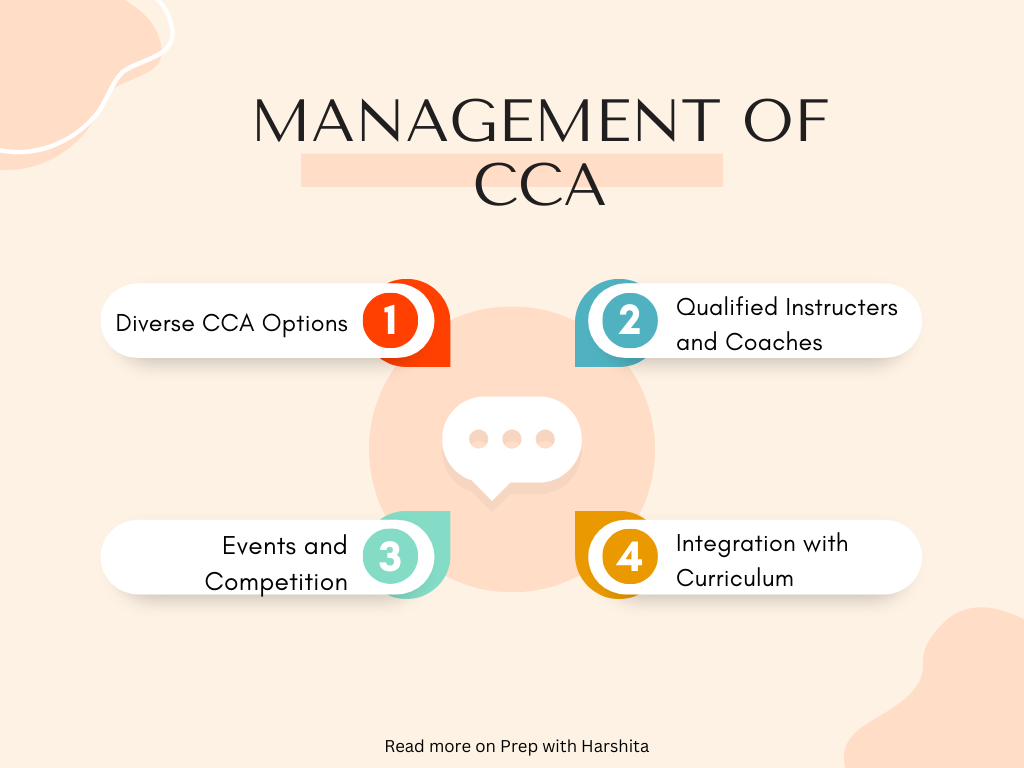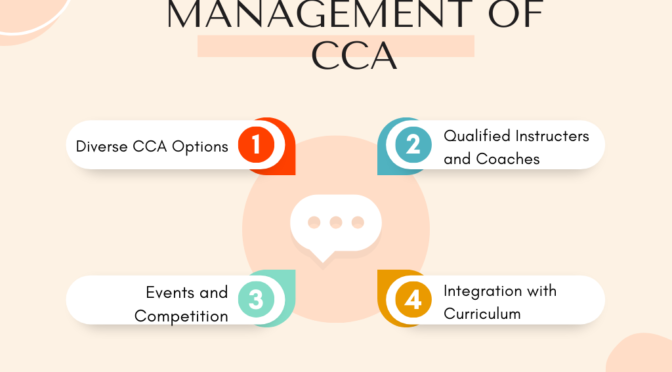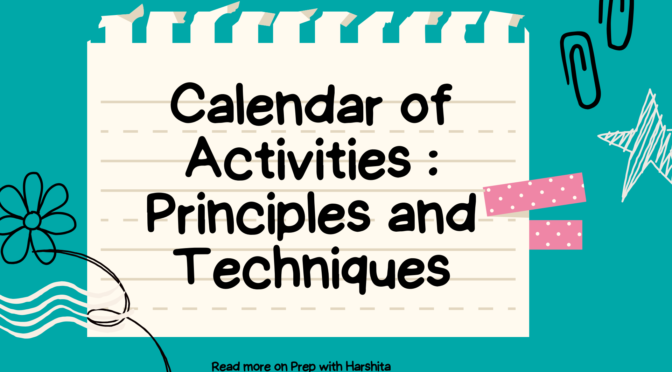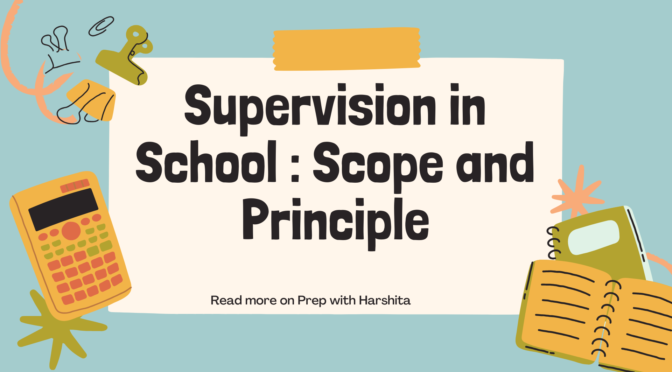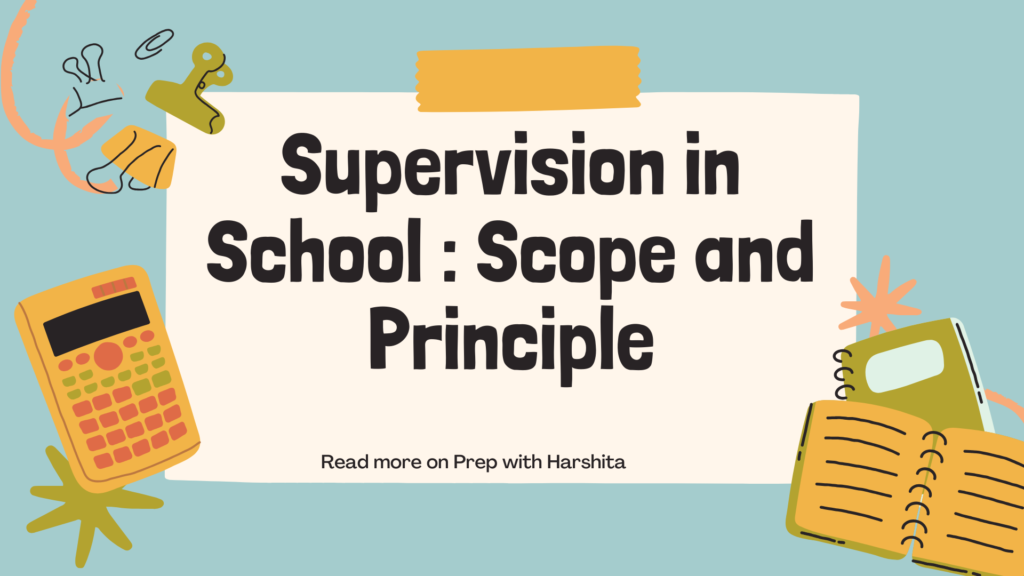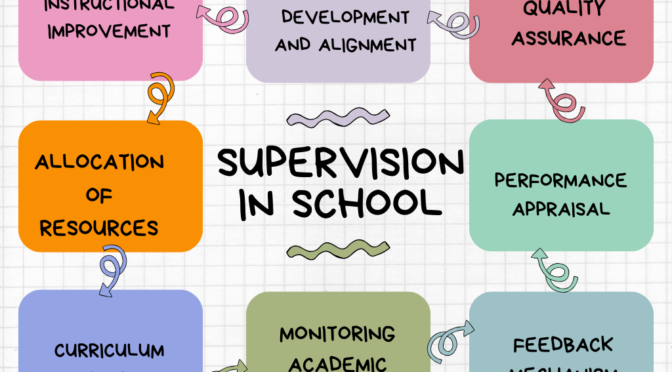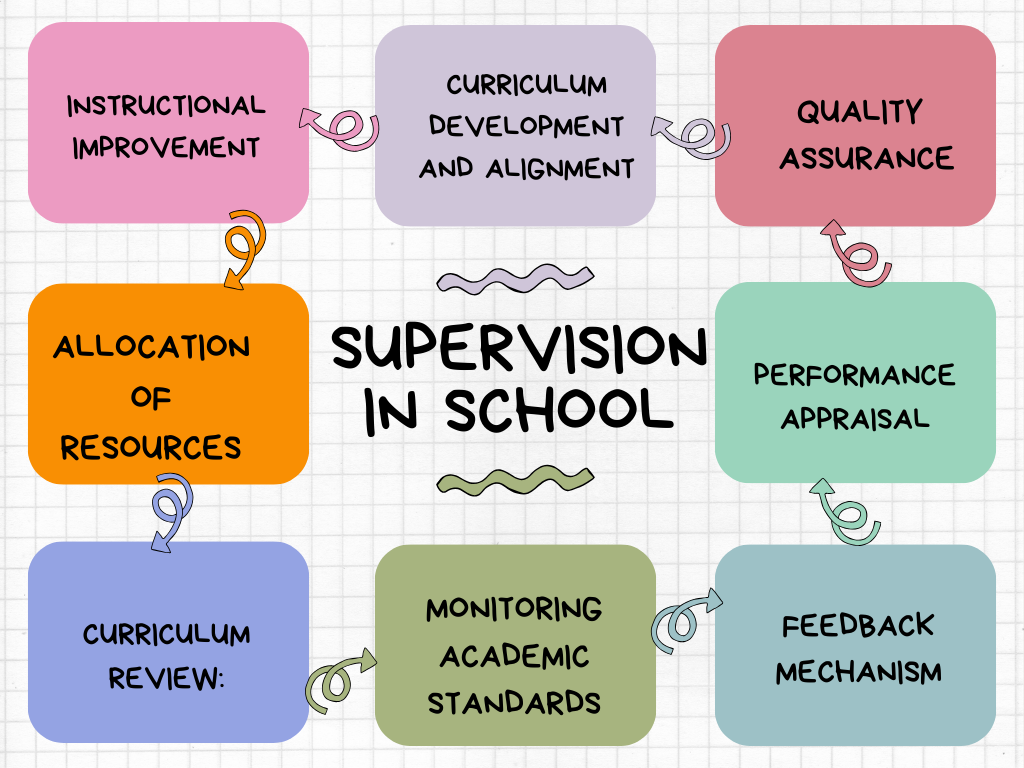Co-curricular activities play a crucial role in the overall development of students, fostering skills beyond academic learning. Management of CCA in School is very crucial.
Here are some key aspects to consider in the management of school CCA:
Diverse CCA Options: Offer a variety of co-curricular activities to cater to different interests and talents of students. This can include sports, arts, music, drama, debate, robotics, and more.
Student Engagement: Encourage active participation by creating a positive and inclusive environment. Student involvement in the decision-making process for CCA selection can enhance engagement.
Infrastructure and Resources: Ensure that the school has the necessary infrastructure and resources to support different activities. This includes sports facilities, art studios, music rooms, and equipment for various activities.
Also Read : Timetable Management in School
Qualified Instructors and Coaches: Employ qualified instructors and coaches for each CCA to provide proper guidance and training. Their expertise contributes to the overall quality of the program.
Events and Competitions:Arrange inter-school and intra-school competitions to provide students with opportunities to showcase their skills and compete at different levels.
Recognition and Awards: Acknowledge and reward student achievements in co-curricular activities. This can motivate students to excel in their chosen areas and foster a culture of appreciation.
Integration with Curriculum: Look for ways to integrate co-curricular activities with the academic curriculum to enhance the overall learning experience.
Parent Involvement: Keep parents informed about the CCA program and encourage their involvement and support. This can include attending events, volunteering, or contributing resources.
Safety Measures: Prioritize the safety and well-being of students by implementing necessary safety measures, especially in activities with a higher risk factor.
Also Visit : Prep with Harshita
